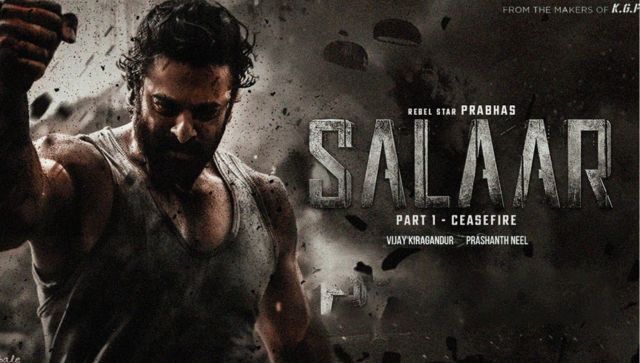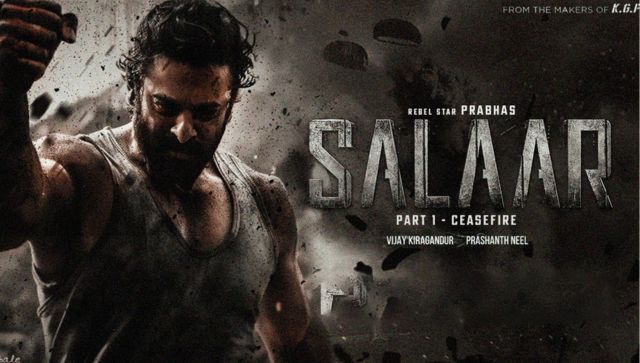Trai wants to replace analog terrestrial television broadcasts with more frequency efficient digital terrestrial transmission. Trai has released a consultation paper requesting feedback from stakeholders on how the conversion can take place in the smoothest possible manner. Trai intends to use the consultation paper to create a road map for the conversion from an analog system to a digital system.
A specific model for the digital terrestrial transmission is also required to be decided. This is because there are a number of delivery options for television content in India, including Direct to Home services ( DTH ), cable operators who are either Multi System Operators (MSOs) or Local Cable Operators (LCOs), Internet Protocol Television ( IPTV ), Headed in the Sky services (HITS) and Over the Top services ( OTT ). Despite these technologies, analog terrestrial transmission is the primary mode of delivery for most Indians, and Doordarshan is in the process of digitising these transmissions.
Analog transmission is outdated, and suffers from a number of drawbacks. Moving devices in a vehicle cannot catch these signals. The quality of the signal is poor because it suffers from radio frequency interference. More spectrum per TV channel is consumed, making the analog technology inefficient when it comes to use of the spectrum. Digital transmission will allow for 10 to 12 channels to be transmitted in the same frequency that is occupied by a single channel in analog transmission
Digital Terrestrial Transmission will allow for television content to be broadcasted to handheld and mobile devices. The energy required for digital transmission is reduced. Most importantly, the efficient use of spectrum will allow the government to open up the spectrum and make it available for other uses, where it is required.


)




)
)
)
)
)
)
)
)